
This course introduces students to various principles and concepts of translation. It equips them with a sound intellectual framework, translation techniques and methods, which will enable them to translate effectively.
Assuming no knowledge of foreign languages, this book is a key text for students in Translation Studies. It progressively looks at the meaning of single words and expressions, combination of words and phrases, grammatical categories, word order and cohesion, texts use in communicative situations, interplay between verbal and visual elements, and reflections on ethics and morality. Rather than adopting the “top-down” approach of textual analysis, this book is organized bottom-up, starting with simple words and phrases, in hopes of benefiting those who are not trained linguists and in awareness that students need to understand how the lower levels control and shape the overall meaning of the text.
This book ranges across the whole of human experience, from foreign films to philosophy, to show why translation is at the heart of what we do and who we are. In 32 chapters, the book covers from the myth of literal translation or translation as a dialect, to translation and the spread of international law, simultaneous interpreting, and the challenges posed by the translation of humor. It argues that for anything like a civilization to exist, some kind of interlingual communication has to happen, and that translation practices must thus be regarded as quite central to what it means to be human.
The target audience of this book is the practitioners and instructors of conference interpreting and/or translation. Gile argues that professional translation entails students’ understanding of the theoretical approach that translation serves for communication between the initiator and the receptor. He points out that adding or deleting words and reframing sentences do not necessarily violate the principle of fidelity, and that translation must be conducted with discourse comprehension. Gile offers a number of models for simultaneous interpreting, consecutive interpreting, sight translation, and simultaneous with texts, including a sequential model, the effort model of simultaneous interpreting, and the IDRC model (Interpretation-Decision-Resources-Constraints).
This book serves as the coursebook of translation principles and methodology for advanced undergraduates and postgraduates. Part I introduces principles for translating. Newmark emphasizes that translation serves to reveal truths- he argues that languages in all cultures are translatable. Newmark points out the practice of translation entails the analysis of texts, including the intention of the translator, text styles, etc. Part II Methods prepare thirteen texts for four types of exercises. Newmark makes analysis of the problems of the source language texts, presents both the semantic translation and the communicative translation, translations with commentaries, and examples of translation criticism.
The Routledge Encyclopedia of Translation Studies has been the standard, highly distinctive reference work in its field since it first appeared in 1968. Many of its features are not found elsewhere, especially its series of short histories of translation. Part I: General surveys the theory and practice of many disciplines now subsumed into the rubric Translation Studies, illuminating its dynamic development and widening contexts. Part II: History and Traditions spans 32 geographic, linguistic, or cultural areas, outlining and assessing each of their translation histories and traditions- Africa through to Turkey.
This book is a systematic study of the discipline Translation Studies. The emphasis throughout is on literary translation. It is organized in three sections. Section One is concerned with the central issues of translation, with the problem of meaning, untranslatability and equivalence, and with the question of translation as a part of communication theory. Section Two traces lines through different time periods, to show how concepts of translation have differed through the ages and yet have been bound by common links. Section Three examines the specific problems of translating poetry, prose and drama.
This book is aimed at disseminating knowledge about translation and interpreting and providing easy access to a large range of topics, traditions, and methods to a relatively broad audience, including students, researchers and lecturers in Translation Studies, as well as practitioners, scholars and experts from other related disciplines (linguistics, sociology, history, psychology, etc.). Readers of general interest are also target audience of this book. Therefore, this book collects relatively brief overview articles. There are altogether 74 articles arranged in alphabetical order, elaborating important conceptions in Translation Studies, such as Applied Translation Studies, Computer-aided translation, etc.
This book, containing more than 300 articles, provides a comprehensive and highly accessible survey of key terms and concepts, types of activity, and schools and approaches. Each term is presented and defined within the context in which it first occurred. Major entries also generally include a discussion of a number of different viewpoints on the term as well as comments on how usage and application might have developed since it was first coined or used. Nearly all foreign terms are cited in English translation. Each entry includes extensive cross-referencing to other entries and suggestions for further reading.
This book is designed as a coursebook for undergraduates and postgraduates in translation studies as well as an introductory book for students, researchers, instructors, and professional translators. There are altogether 12 chapters, covering Jakobson’s classification of translation, the Holmes/Toury conceptual map, the “literal vs. free” translation debate, Eugene Nida’s concepts of equivalence, Newmark’s categories of translation, Koller’s analysis of equivalence, Vinay and Darbelnet’s taxonomy, Catford’s linguistic model, the interpretive model of the Paris School, Bell’s psycholinguistic model, Gutt’s relevance theory, Reiss and Vermeer’s text-type and skopos theory, Nord’s text-linguistic approach, House’s register analysis model, Baker, Hatim and Mason’s discourse-oriented approaches, etc.
This reader aims at the audience group of advanced undergraduates, postgraduates, course instructors, and scholars in translation theory and history, as well as practitioners with a theoretical inclination. The reader is divided into 7 sections in a chronological order. While the first section Foundational Statements examines theories before the 1900s, the last section after the 2000s, all the other five sections in the middle looks into theories in the 1900s. Venuti suggests that readers not only read historically, but also thematically. Readers can group together theories with the same themes. Venuti also suggests that readers can use supplementary readings, and further readings are recommended in each section.
This book presents an introduction to the valuable position translation holds within literature and society. It traces the history of translation, examining the ways translation is currently utilised as a burgeoning interdisciplinary activity and considers more recent research into developing technologies and new media forms. Topics covered include the origins and development of translation studies, postcolonial translation, translation and gender, translating across time, the visibility of the translator, redefining translation in a global age, and boundaries of translation. A fundamental premise is that translation is at the heart of global communication today, and that translation has played a central role in the transmission of ideas and literatures over the centuries.

本书作者以纽马克的翻译理论与功能派翻译理论中的目的论为主要依据,探讨了非文学翻译的理论与实践。作者认为小说、诗歌、戏剧、影视翻译等属于文学翻译,其在全部翻译总量中只占较小的部分,而绝大部分翻译还是通俗理解为科学文章或应用文的非文学翻译。作者认为,在非文学翻译中重要原则有三,一是要根据翻译的目的选择正确的翻译方法,不存在直译和意译谁优谁劣的绝对,二是要准确地反映客观事实,三是要语言质朴简洁,不要盲目地追求文艺性。

This book works on how to recognize elements of Chinglish in a first draft and how to revise it so as to eliminate those elements. Part One deals with unnecessary words, including unnecessary nouns and verbs, unnecessary modifiers, redundant twins, saying the same thing twice, and repeated references to the same thing. Part Two deals with sentence structure, including the noun plague, pronouns and antecedents, the placement of phrases and clauses, dangling modifiers, parallel structure, and logical connectives. Part Three supplements with key to exercises and selected bibliography. The examples of Chinglish presented here are authentic.
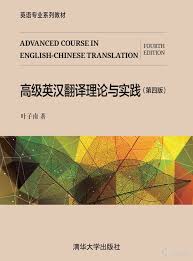
本书将英汉翻译理论讲解与翻译实践指导结合起来,第一部分为理论技巧篇,综述翻译基本概念、技巧,对比语言文化,评介中西评论;第二部分为翻译实践篇,分为两组文本短篇译注评和段落重点分析,节录社会人文、科技法律、小说诗文等领域的英文篇章作为练习,提供两种具有代表性的参考译文,并加上详细精到的注释和札记。第四版增加了“人工智能威胁下的翻译”,以及对文本分类的新视角的讨论,此外旧版中提问式的英文注释改成了汉语的解答。

本书试图从专业译员的视角,通过对学生译文的点评和修改,让读者认识什么是专业翻译,专业译员是怎么想的、怎么做的、为什么这么做。本书共有18个单元,每个单元分为原文、原译、参考译文、点评注释和学习要点五个部分。18篇文章分为11篇信息性文本、5篇祈使性文本和2篇表达性文本。本书的选材,都是真实的交际情境中用过的材料,跨越多个领域,大多数原文和原译是北外高翻学院学生入校前做过的真实翻译或高翻布置的作业
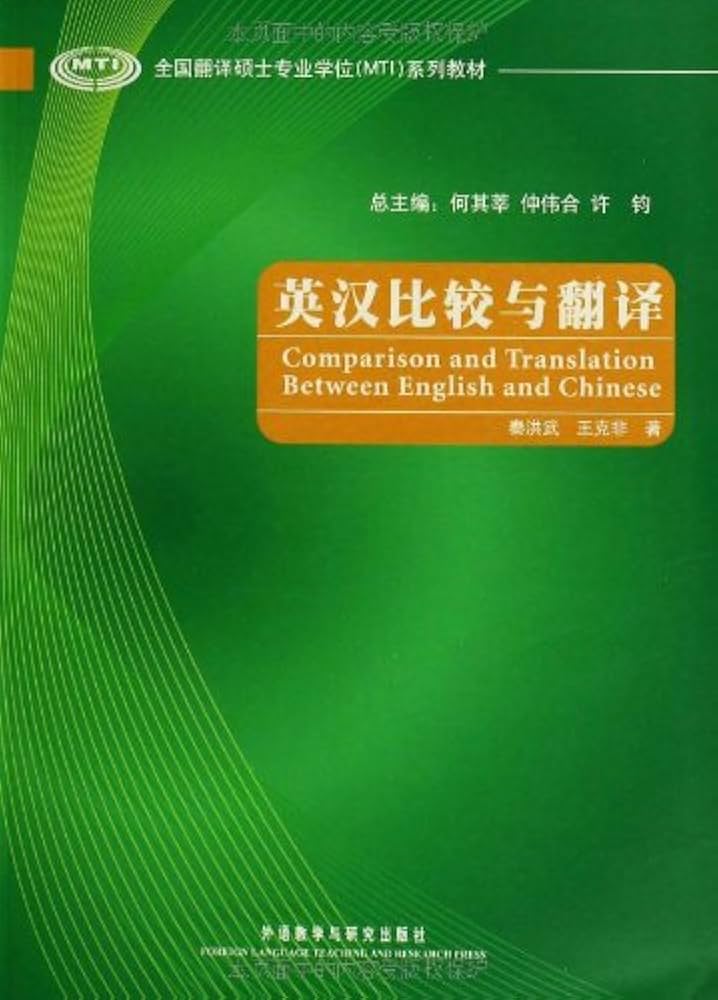
本书在大量真实语料的基础上,通过对比英、汉两种语言,将双语知识转化为有力的方法论工具。全书按词、句和篇章顺序编排,在比较的基础上谈翻译,介绍常见翻译技巧运用的动因和实施方式。语料主要来自北京外国语大学通用汉英对应语料库、美国当代英语语料库(COCA),英国国家语料库(BNC)以及其他可在线检索的语料,涉及政治、经济、文化和社会生活等方面,并选用了较多的非文学例证。侧重选用使用频率高但学习者尚不太熟知的英、汉语言表达形式进行解析。
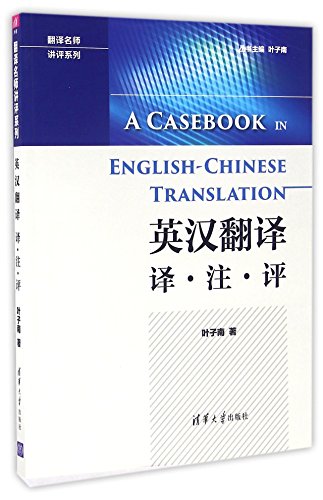
本书通过学生具体的翻译作业,以改错、讲解、提问、加注的方式,把英汉翻译中常出现的错误或其他问题提出来,并加以解决。文后还附有参考答案。全书55篇短文按照词义边缘清晰程度、词语解释余地大小、文本个体特征强弱、是否适合译者介入、逻辑是否严密、是否常有非标准常态语法、本土文化含量高低、功能多样性及是否常有功利目的等标准,以单元形式分为四类。每单元含原文、点评、参考译文、短文,每单元均有文本定位,对文本背景及翻译策略做概述。

本书根据笔者在北外高翻学院的汉英笔译课堂教学录音整理,包括练习题、课堂讲解、学生译文 (及译者注)、译文修改(及批注说明)和参考译文。全书8个章节分别从8个角度探讨汉英翻译的问题:以正确的理念指导翻译、以法律解释原则构建原文理解的框架、以科学方法调查核实译文、以宏观思维解决微观问题、以批判的眼光看待原文、以作者的视角确定主语和情态动词、以英文写作的规范要求翻译、以讲话的口吻翻译讲话。
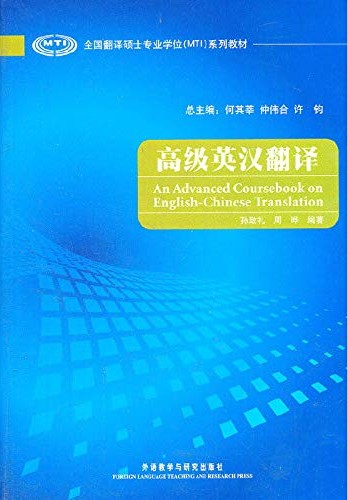
本书是专门为英语类翻译硕士专业学位(MTI)研究生编写的一部英汉翻译教材。“概说篇”除了介绍翻译的定义、标准、过程和方法外,还总结了“翻译的语言对比规律”和“翻译的对立统一原则”。“技巧篇”包括了词语的增减、词性的转换、人称代词、主动与被动、抽象与具体、分句与合句以及七种从句的翻译。“实战篇”涉及了标题的翻译、比喻的翻译、文化词语的翻译、标点符号的翻译,以及语篇分析、文体与翻译、如何使用工具书、如何做注释。
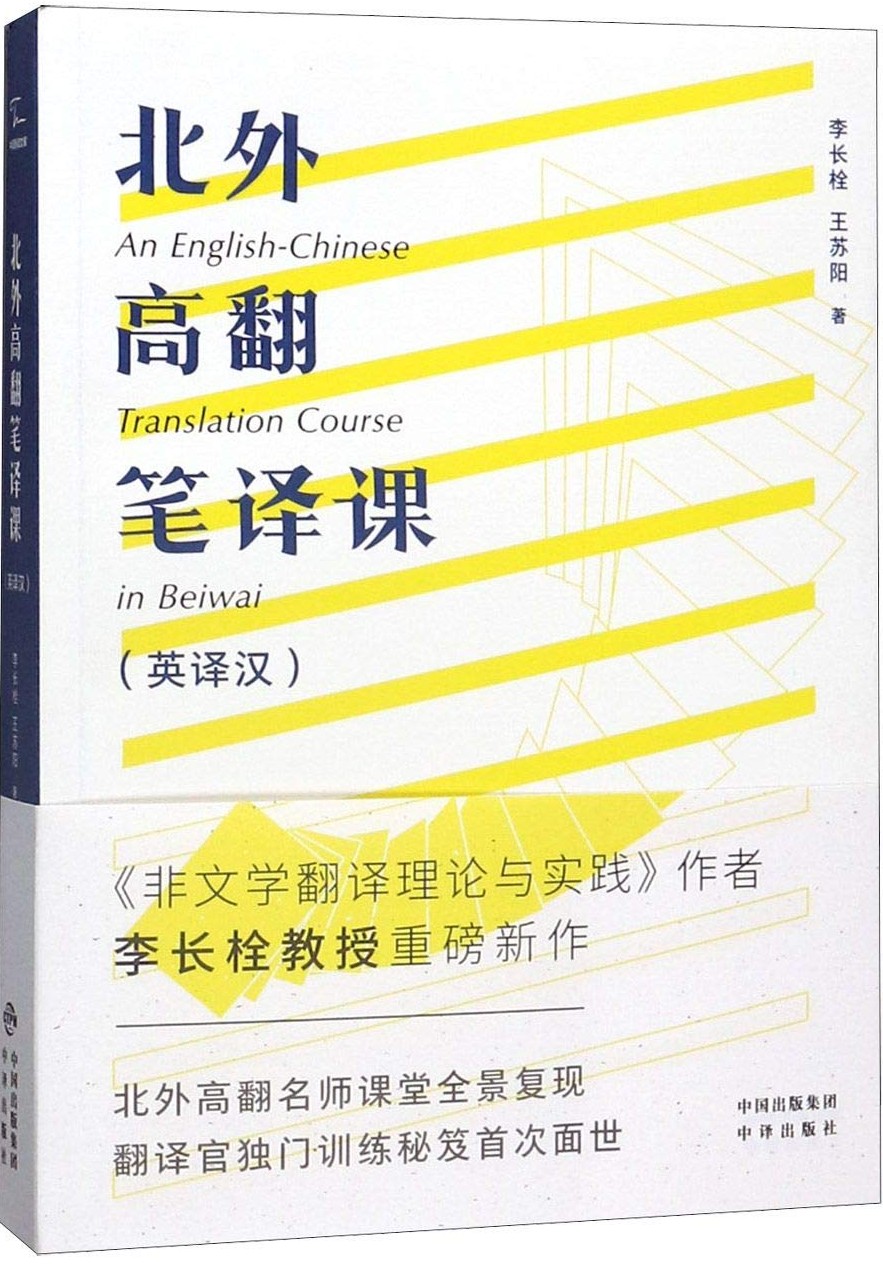
本书呈现的是北京外国语大学高级翻译学院的笔译教学框架。本书精选了2017-2019学年英汉笔译教学材料和附带详细注释的参考译文。译文的注释包括初稿制作过程查找的资料、译者的思考、多轮修订中补充的材料和修订过程中的对话。教学材料的选取遵循循序渐进的原则,从全局意识、查证能力、辩证看待欧化中文、中英语言差异、跨文化沟通意识、思辨能力、联合国文件、法律、科学技术、建筑设计、舞蹈艺术、金融财会等各个方面展开了讨论。
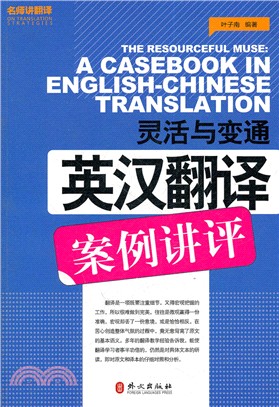
本书以中英对照形式编排,分"生命与情感""人物与城市""社会与文化""风景与旅游"四大主题单元,通过25篇翻译案例剖析文化逻辑与翻译策略。收录《梵高》《美国为何如此不安》等具体文本,涉及全球化身份认知、城市文化比较及社会思潮等议题,融合学术理论与案例分析,译文与评注有些曾发表在《中国翻译》的“翻译自学之友”栏目上,有些选自《高级英汉翻译理论与实践》和《英汉翻译对话录》,还有些首次出现。